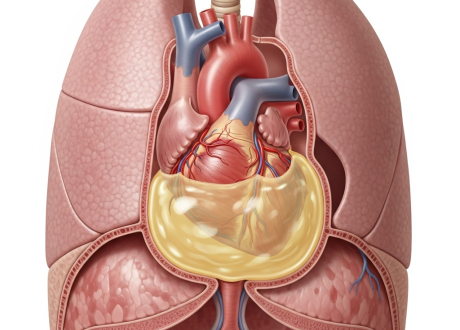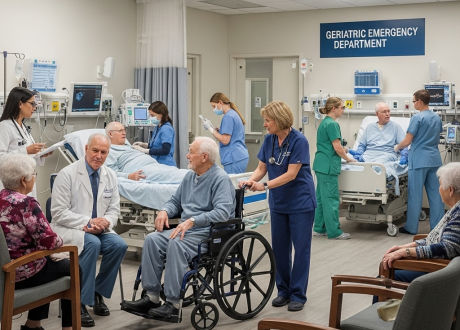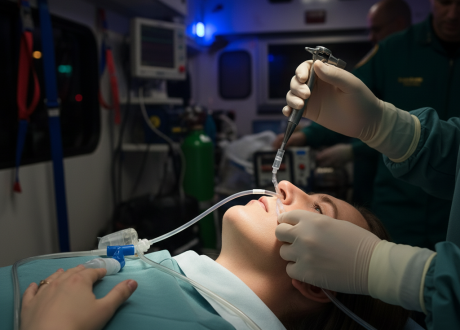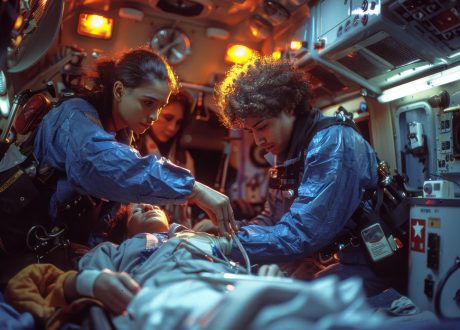Abstract 
The centralisation of trauma services in western countries has led to an improvement in patient outcomes. Effective trauma systems include a pre-hospital trauma system. Delivery of high-level pre-hospital trauma care must include identification of potential major trauma patients, access and correct application of lifesaving interventions (LSIs) and timely transport to definitive care. Globally, many nations endorse nationwide pre-hospital major trauma triage guidelines, to ensure a universal approach to patient care. This paper examined clinical guidelines from all 10 EMS in Australia and Aotearoa/New Zealand. All relevant trauma guidelines were included, and key information was extracted. Authors compared major trauma triage criteria, all LSI included in guidelines, and guidelines for transport to definitive care. The identification of major trauma patients varied between all 10 EMS, with no universal criteria. The most common approach to trauma triage included a three-step assessment process: physiological criteria, identified injuries and mechanism of injury. Disparity between physiological criteria, injuries and mechanism was found when comparing guidelines. All 10 EMS had fundamental LSI included in their trauma guidelines. Fundamental LSI included haemorrhage control (arterial tourniquets, pelvic binders), non-invasive airway management (face mask ventilation, supraglottic airway devices) and pleural wall needle decompression. Variation in more advanced LSI was evident between EMS. Optimising trauma triage guidelines is an important aspect of a robust and evidence driven trauma system. The lack of consensus in trauma triage identified in the present study makes benchmarking and comparison of trauma systems difficult.
Key findings
- There is a lack of concensus on prehospital trauma triage criteria within the region.
- A validated approach to prehospital trauma care is important for systems improvement.










